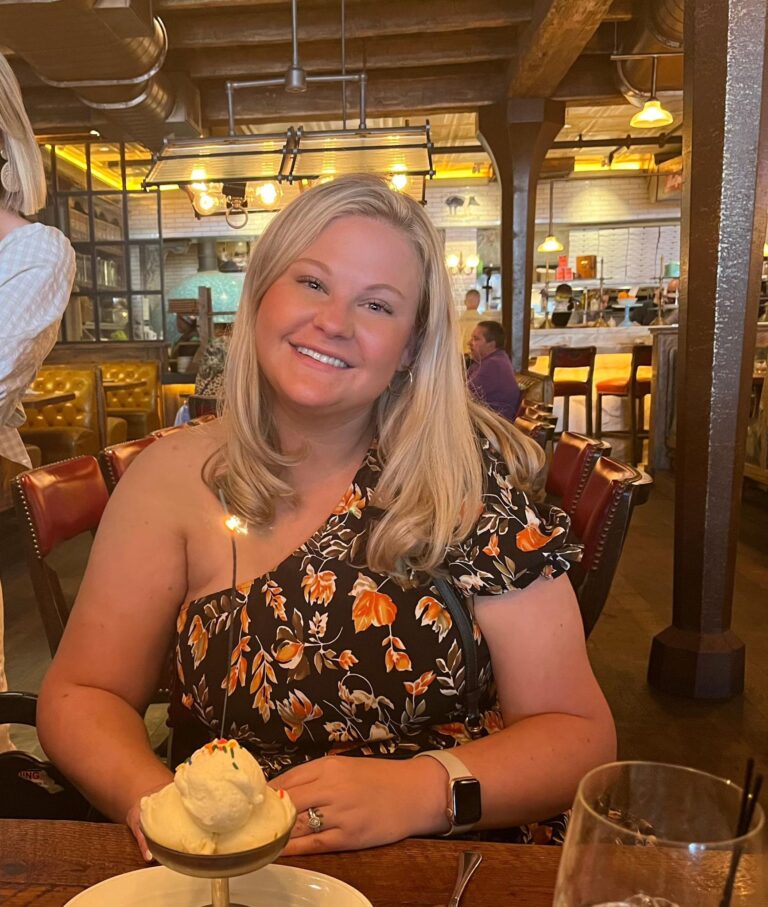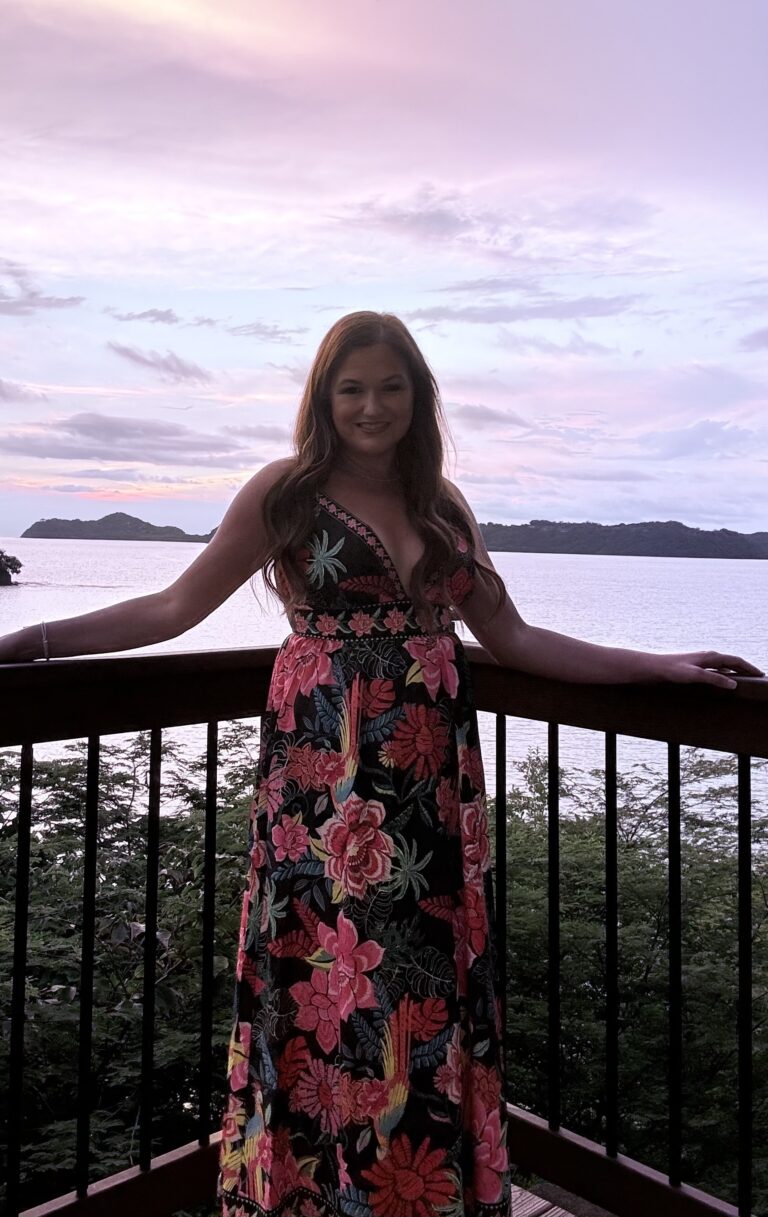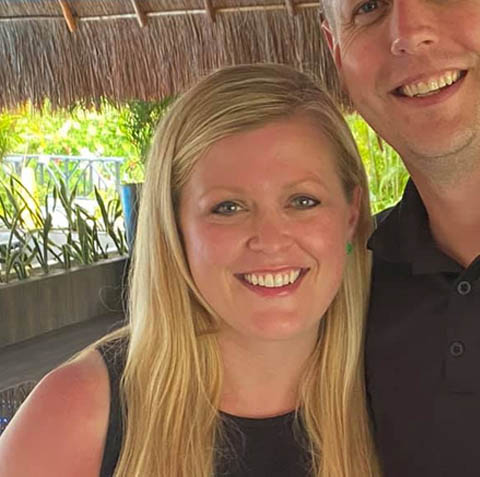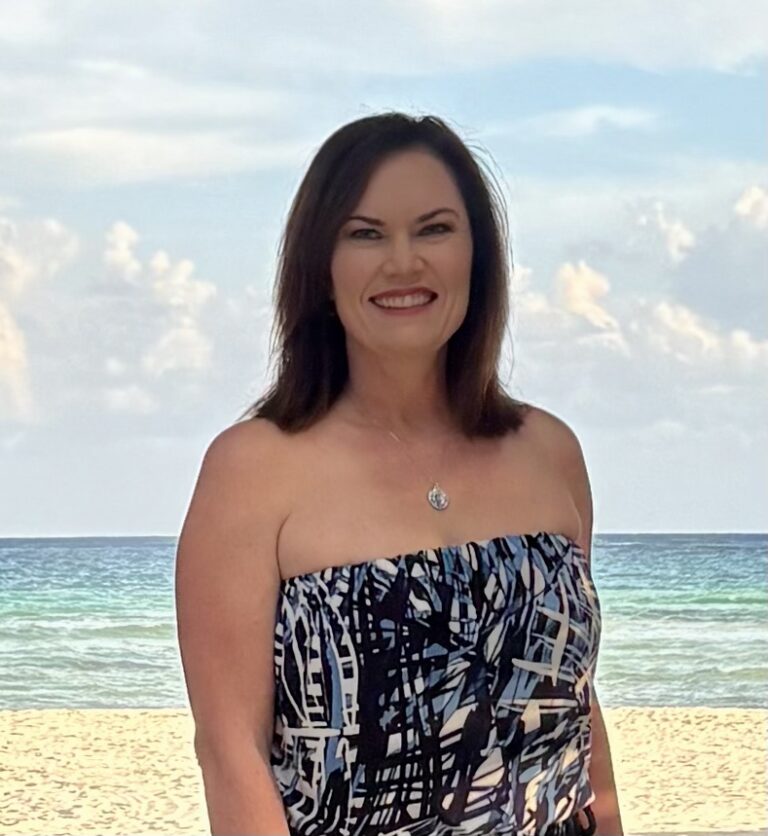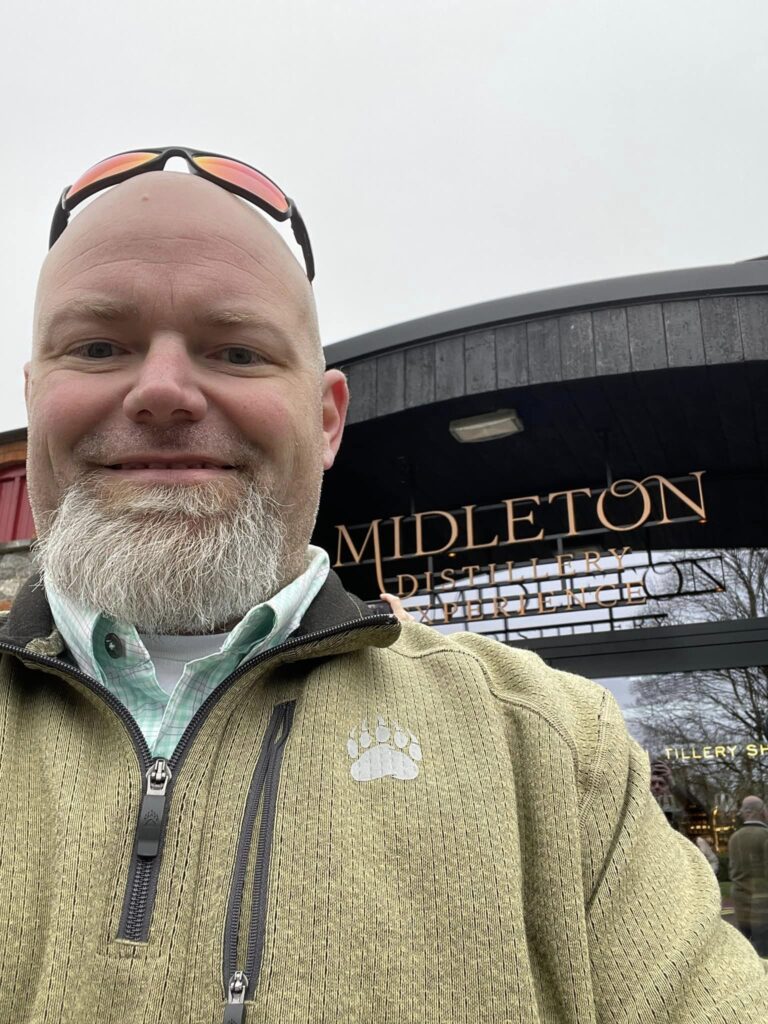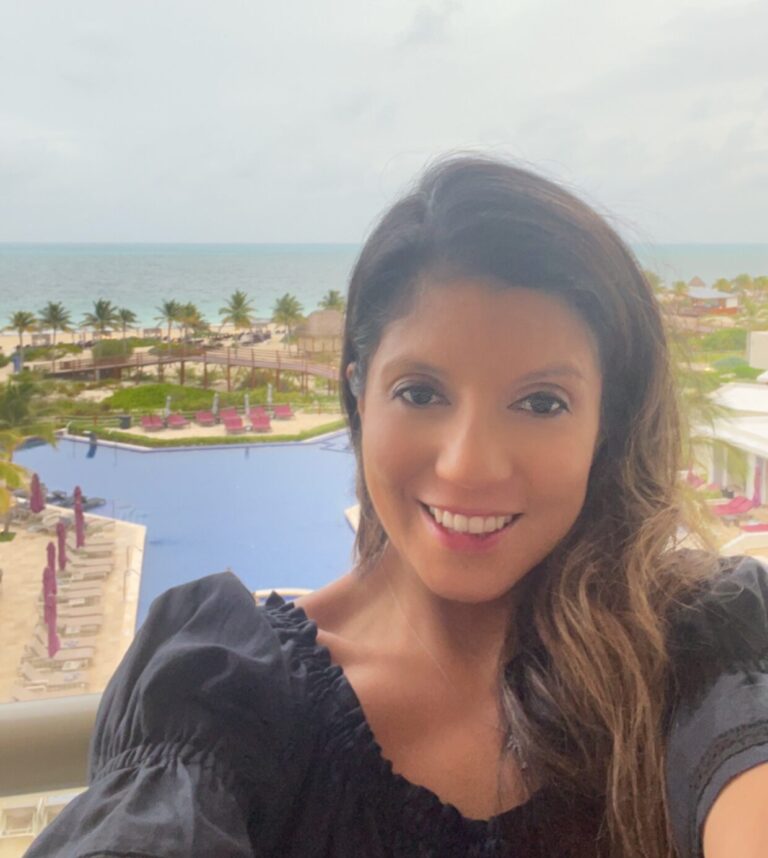Overview
Introduction
One of Venezuela's most dramatic sights, Angel Falls is truly spectacular. Water plummets 3,212 ft/979 m, making it the world's highest waterfall—so high that during the dry season, the cascade can evaporate into mist before it reaches the bottom. The water originates from Auyantepui ("Devil's Mountain"), a great mesa or plateau with its own ecosystem, and ends in almost impenetrable jungle.
The waterfall was unknown to the outside world until U.S. pilot Jimmy Angel spotted it in 1935. Today Angel Falls is one of Venezuela's most popular tourist sights, but it remains difficult to reach—it is 450 mi/725 km southeast of Caracas. You can take a one-day flight from several Venezuelan cities that leaves early in the morning, makes passes over the falls, lands in Canaima for lunch and then returns. Another option is to fly, arriving in Canaima just after dawn, then go by land to visit the falls and return in late afternoon. We prefer a two- or three-day trip that includes a flight over the falls and the Orinoco River as well as accommodations in Canaima, allowing you to explore the area at a more leisurely pace. Be aware that there's some risk of disappointment in the flightseeing tours—clouds may cover the falls.
If you're a hardy traveler and you're visiting during the rainy season, it's possible to see the falls up close in another way. It involves a Jeep ride to the river, then a trip upstream in 40-ft/12-m curiaras (motorized canoes). After a portage by Jeep around some rapids, a stop at Orchid Island, then a trip through rapids, you hike for an hour through the hilly jungle to emerge at the base of the falls. (As a bonus, a walk behind the 100-ft/31-m Sapo Falls near Canaima is often included in the tour.) The best time to visit the falls is June-November—during the wet season, when the volume of water coming off the top of the falls is greatest. But that's also when visibility can be the worst.
For those staying overnight, the indigenous community of Canaima has its own waterfalls. You can visit the hollowed-out cave behind Sapo Falls and then climb to the top, where masses of orchids grow. Canoe trips and visits to other nearby Amerindian villages are also possible. There is no road access to Canaima, but if you don't want to fly, several operators now offer tours that involve a combination of travel in a four-wheel-drive vehicle, on foot and by boat.














